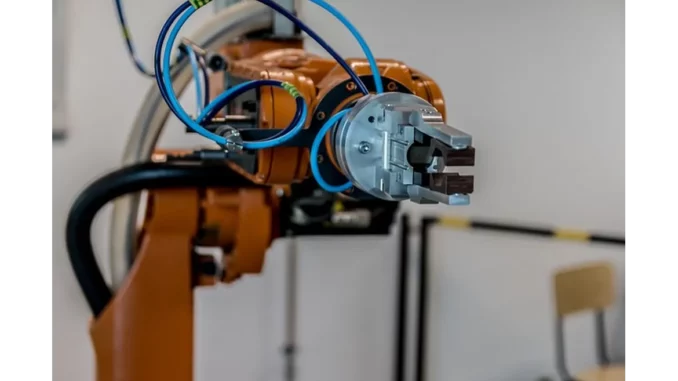
The global market for linear actuators is poised for impressive expansion, with forecasts suggesting it will soar to USD 151.38 billion by 2030. This surge represents a compound annual growth rate (CAGR) of 8.31%, underscoring the robust demand for automation technologies across a multitude of sectors, including automotive, aerospace, and healthcare. Linear actuators, which transform rotary motion into linear movement, are indispensable in automation systems, facilitating precise control and motion in a wide array of applications. This article explores the technological advancements, industry trends, and market dynamics that are influencing the future trajectory of linear actuators.
A pivotal factor driving the growth of the linear actuators market is the relentless pace of technological innovation. Manufacturers are increasingly focused on creating actuators that are not only more energy-efficient but also compact and intelligent. These cutting-edge developments are crucial in satisfying the ever-evolving needs of industries that demand exacting motion control. Notably, the advent of smart actuators equipped with Internet of Things (IoT) capabilities has transformed the sector, enabling real-time monitoring and control that markedly enhance efficiency and reliability.
Electric linear actuators have garnered significant attention due to their distinct advantages over hydraulic and pneumatic counterparts. They promise lower energy consumption, a reduced environmental footprint, and seamless integration with renewable energy infrastructures. This shift towards electric solutions is largely propelled by the growing emphasis on sustainability and energy efficiency across various industrial landscapes. As industries increasingly prioritise eco-friendly practices, the adoption of electric linear actuators is expected to rise correspondingly.
Automation stands as a central theme driving the linear actuators market forward. Sectors such as manufacturing, healthcare, and robotics are turning to automation to boost productivity, lower operational costs, and elevate product quality. Linear actuators are integral components in these automated systems, offering precise and repeatable linear motion essential for operational success. Within the healthcare domain, actuators find applications in a range of medical devices and equipment, including surgical tools, diagnostic instruments, and patient care systems. The demand for compact, dependable, and precise actuators in medical contexts is stimulating innovation and propelling growth in this segment.
Additionally, the role of linear actuators in renewable energy applications is increasingly prominent. Solar tracking systems and wind turbines rely on actuators to maximise energy capture and enhance efficiency. As the global appetite for renewable energy solutions intensifies, the market for linear actuators in this sector is anticipated to expand significantly. The integration of actuators into these energy systems exemplifies the broader trend of leveraging technology to drive sustainability and efficiency.
The market dynamics of linear actuators reveal diverse growth patterns across different regions. North America commands a substantial share of the market, bolstered by widespread industrial automation in industries like automotive manufacturing, aerospace, and healthcare. The region’s mature industrial landscape and substantial investments in advanced manufacturing technologies further contribute to its market dominance. Meanwhile, the Asia Pacific region is set for considerable growth, with nations such as China and South Korea experiencing rapid industrialisation and heightened automation across various sectors. Government-led initiatives promoting industrial automation and modernisation efforts are key drivers of market growth in this region.
The competitive landscape of the linear actuators market is marked by strategic mergers and acquisitions, technological breakthroughs, and product innovations. Leading companies like Emerson Electric, LINAK, and Parker Hannifin are investing heavily in research and development to refine their product lines and broaden their market presence. These strategic moves underscore the intense competition and commitment to innovation that characterise the industry.
Looking ahead, the future of the linear actuators market is filled with promise, offering numerous opportunities for growth and innovation. The ongoing expansion of automation in sectors such as automotive, electronics, and food processing is expected to fuel demand for linear actuators. Moreover, the increasing focus on energy-efficient solutions and the incorporation of IoT technologies present lucrative prospects for market participants. However, challenges such as the high initial costs of advanced actuator systems and the complexity of installation processes may pose hurdles to market growth. Manufacturers must address these issues by developing cost-effective solutions and simplifying installation procedures to ensure widespread adoption.
In essence, the linear actuators market is on the cusp of significant growth, spurred by technological advancements, emerging industry trends, and regional dynamics. As industries continue to embrace automation and seek energy-efficient solutions, linear actuators are poised to play a pivotal role in shaping the future of motion control.


Be the first to comment